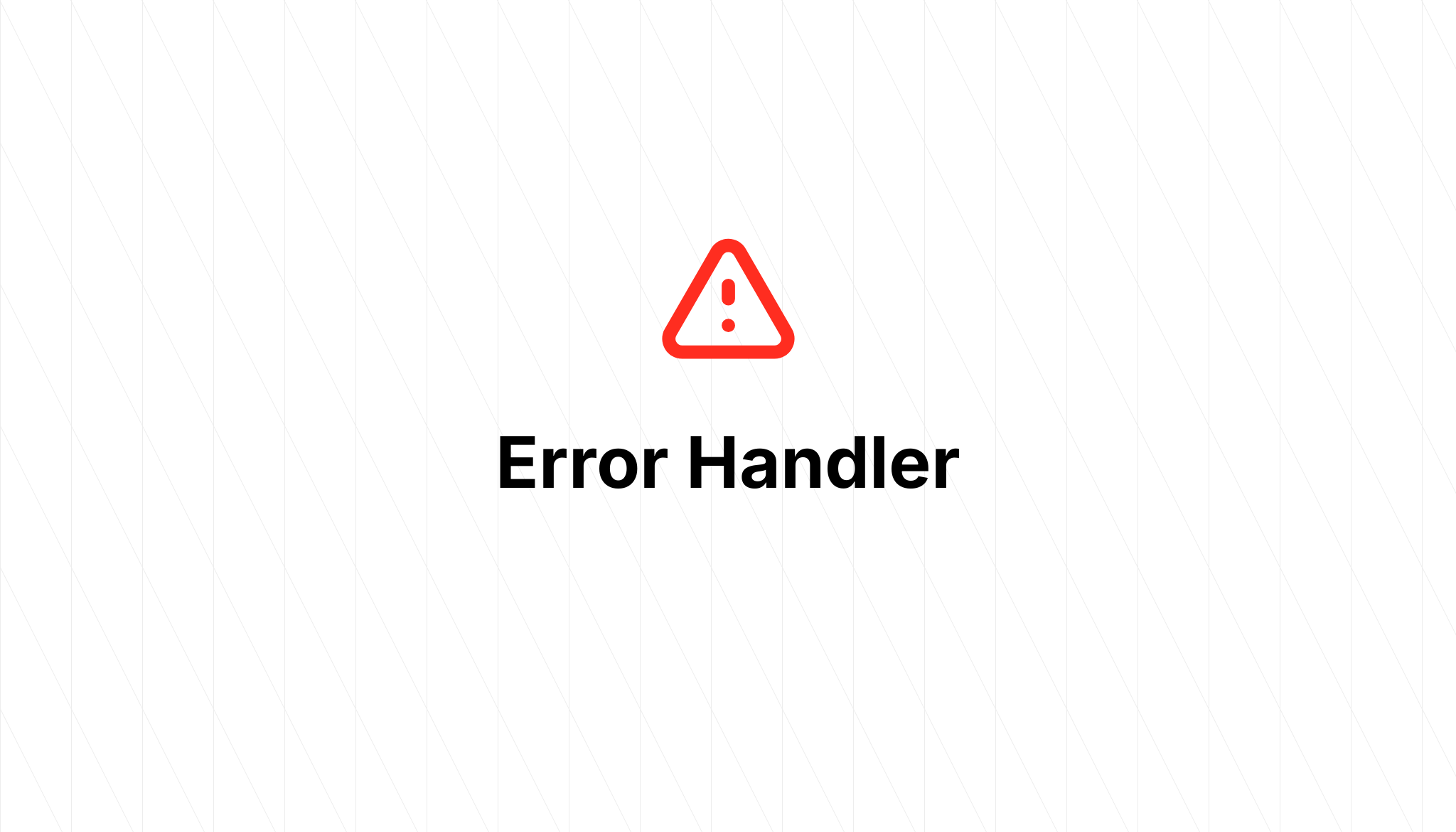glance-project / error-handler
Error middleware
Requires
- php: ^7.2.24
- psr/http-factory: ^1.0
- psr/http-message: ^1.0
- psr/http-server-middleware: ^1.0
- psr/log: ^1.1
Requires (Dev)
- dq5studios/psalm-junit: ^2.0
- nyholm/psr7: ^1.3
- phpunit/phpunit: ^8.5
- squizlabs/php_codesniffer: ^3.5
- vimeo/psalm: ^4.4
README
 A PSR-7 and PSR-15
compatible middleware for handling errors
A PSR-7 and PSR-15
compatible middleware for handling errors
Installation
Install with Composer
composer require glance-project/error-handler
Getting started
The error handler should be the first middleware executed by your application. In Slim, the last middlewared registed is executed first.
$app = \Slim\App::create();
$logger = /* ... */;
$errorMiddleware = ErrorMiddleware::create();
$errorMiddleware->setLogger($logger); // Optional. Accepts any PSR-3 logger
$errorMiddleware->debugMode(true); // Optional. Set to false on production
$errorMiddleware->useSentry(); // Optional. Sentry must be installed and configured
$app->add(/* other middleware */);
$app->add($errorMiddleware);
/* Register routes here */
$app->run();
If the error handler is not the first registered middleware, exceptions on previous middleware will not be properly handled.
Exceptions
After initialized, all the uncaught exceptions are handled by this library.
The ErrorMiddleware behaves differently according to the type of the exception.
BaseException
Sometimes while developing an application, it is desired to abort everything and
return an error to the user. This library provides a BaseException which
encapsulates one or multiple errors.
An Error follows parts of the JSON API standard
with the following optional fields:
- Title
- Detail
- Code
- HTTP status
- Source
$errors = [
new Error("Invalid email", "Email is bad formatted."),
new Error(
"Invalid password",
"Password should contain at least 6 characters.",
12345,
400,
new ErrorSource("user/password")
),
];
throw new BaseException(400, $errors);
The code above on your application would produce the following HTTP response:
STATUS: 400
{
"status": 400,
"errors": [
{
"title": "Invalid email",
"details": "Email is bad formatted."
}
{
"title": "Invalid password",
"details": "Password should contain at least 6 characters.",
"code": 12345,
"status": 400,
"source": { "pointer": "user/password" }
}
]
}
You can also create your custom exceptions by extending the BaseException.
Other exceptions
Any other type of uncaught of exception will result on the following HTTP Response.
STATUS: 500
{
"errors": [
{
"status": 500,
"title": "Internal Error",
"detail": "An unexpected server error occurred."
}
]
}
If debugMode is on, additional debug information will be appended the the
response body, such as file, line, message and trace.
Using Sentry
To send unknown errors to Sentry, install and initialize sentry/sdk.
More information about setting up Sentry on PHP can be found at
the official documentation.
composer require sentry/sdk
<?php
\Sentry\init([
"dsn" => getenv("SENTRY_DSN"),
"environment" => getenv("ENVIRONMENT"),
]);
$app = \Slim\App::create();
$logger = /* ... */;
$errorMiddleware = ErrorMiddleware::create();
$errorMiddleware->useSentry();
$app->add(/* other middleware */);
$app->add($errorMiddleware);
// Register routes here...
$app->run();
